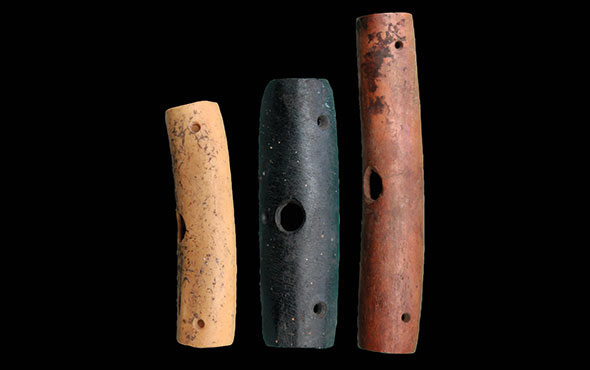
KENT, OHIO—According to a statement released by Kent State University, the process of breaking, flaking, and shaping stones to create tools may have been a life-threatening undertaking for early humans. Metin I. Eren of Kent State University and Stephen Lycett of the University of Buffalo and their colleagues, Nicholas Gala and Michelle Bebber, surveyed 173 modern flintknappers, and determined that knapping is more dangerous than they had realized from their own experiences. The reported injuries included running a stone flake across bone like a wood planer, deep cuts into the outer covering of bones, and one incident requiring a tourniquet after piercing an ankle with a stone flake. Thirty-five of the people surveyed had even experienced a small stone flake fly into one of their eyes. These sorts of wounds could have been fatal in an era before emergency hospitals and antibiotics, so that early people literally risked life and limb to make tools, Eren said. Passing on the knowledge of flintknapping may therefore have included ways to reduce risks, he added. “The injury risks involved in knapping are exactly the kind of activity that would have made learning from a skilled individual more likely since it would help reduce the risks associate with individual learning,” he concluded. Read the original scholarly article about this research in American Antiquity. To read more about flintknapping as experimental archaeology, go to "The Neolithic Toolkit."










